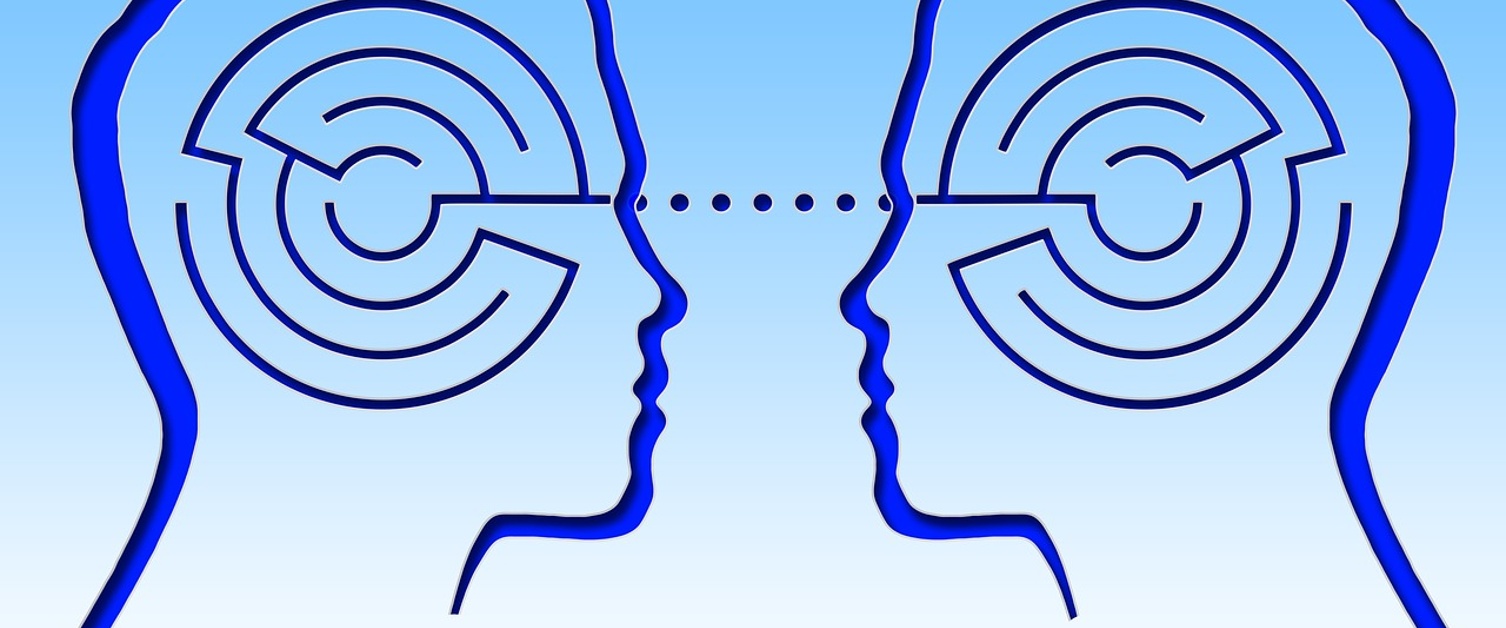Visual Perception

Visual Perception is the ability to interpret and give meaning to what is seen. It is made up of several components including;
Figure Ground is the ability to pick out an object from a busy background. Having problems screening relevant and irrelevant information may cause difficulty with picking out items on a busy page that contains lots of words and pictures, copying from the whiteboard as well as finding items in pencil cases, clothes in drawers, toys in cupboards etc.
Form Consistency is the ability to see a shape and find it elsewhere even though it may be smaller, larger, rotated, reversed or hidden. It includes the ability to recognise letters that are written in varying sizes, using different media e.g. pencil crayon etc., or in different scripts e.g. cursive, upper or lower case etc. It may cause problems with reading as the child may not recognise the letter/number if it is formed differently
Visual Closure is the ability to recognise both the parts and the whole of an object, and the relationship of one to the other. It is the ability to identify and “close” a figure that is incomplete or missing parts of it. Difficulties in this area might include difficulty in completing/compiling words from letters or identifying and naming missing items from a picture.
Visual Discrimination is the ability to identify a visual image as being the same or different from another image. Poor visual discrimination abilities may present as difficulties in matching shape, form, colour, pattern, size, order and orientation. Visual discrimination is particularly relevant to recognising letter and number differences in acquiring literacy and numeracy skills.
Visual Memory is the ability to observe, recognise, remember and reproduce sequences of symbols. It is a pre-requisite for reading and spelling.
Visual Spatial Skills is the ability to perceive the relationship of the environment to the body, as well as the relationship of objects in space to one another. Problems with visual-spatial relationships can result in difficulty in making judgements about position in space, movement through space, positional relationships and orientation e.g. in/out, under/over, left/right, near/far.
Visual Tracking is the ability to follow a moving object with your eyes or to scan words in a line.